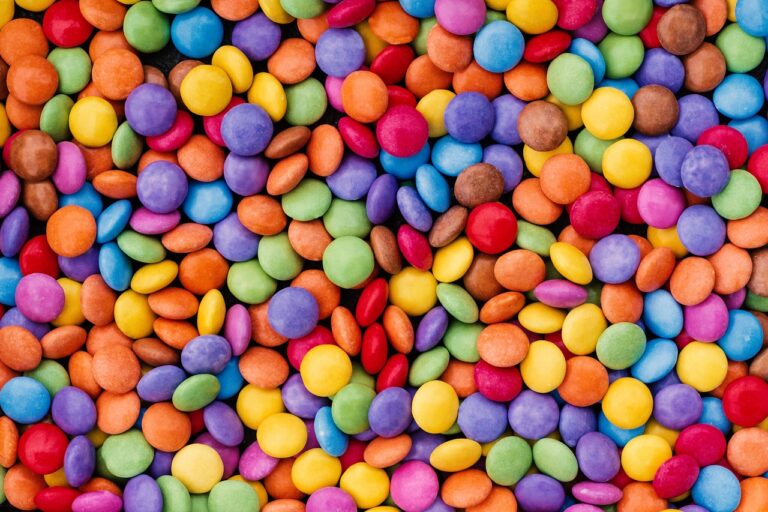Trends in Food Packaging: Eco-Friendly Materials
Sustainable packaging alternatives are gaining momentum in the industry due to increasing environmental concerns. Companies are exploring innovative solutions to reduce their carbon footprint and minimize waste generation. Biodegradable materials and recycled packaging options are being widely adopted as part of sustainable packaging strategies.
In addition to the environmental benefits, sustainable packaging alternatives also offer economic advantages for businesses. By choosing renewable and recyclable materials, companies can appeal to environmentally conscious consumers and enhance their brand image. Moreover, reducing packaging waste can lead to cost savings in the long run, contributing to a more sustainable and profitable operation.
Advantages of Using Biodegradable Materials
Biodegradable materials offer numerous benefits for both the environment and consumers. These materials are designed to break down naturally over time, reducing the amount of waste in landfills and decreasing overall environmental impact. By choosing biodegradable packaging options, businesses can demonstrate their commitment to sustainability and attract eco-conscious customers.
In addition to being better for the planet, biodegradable materials also have the advantage of being safer for wildlife. Traditional packaging materials, such as plastics, can pose a threat to animals if ingested or entangled. Switching to biodegradable alternatives helps minimize these risks and creates a safer environment for all living creatures.
Popular Eco-Friendly Packaging Options
In the world of eco-friendly packaging, one popular option gaining attention is biodegradable plastics. These plastics are designed to break down naturally in the environment, reducing the amount of waste generated. Many businesses are opting for biodegradable plastics to align with their sustainability goals and reduce their carbon footprint.
Another eco-friendly packaging option that is gaining momentum is recycled paper and cardboard. By using materials that have already been used and recycled, businesses can reduce the demand for new resources and help minimize the environmental impact of their packaging. Recycled paper and cardboard are not only sustainable but also cost-effective, making them an attractive choice for companies looking to embrace eco-friendly practices.
• Biodegradable plastics are designed to break down naturally in the environment
• Many businesses are opting for biodegradable plastics to align with sustainability goals
• Recycled paper and cardboard are gaining momentum as an eco-friendly packaging option
• Using recycled materials helps reduce demand for new resources and minimize environmental impact
• Recycled paper and cardboard are sustainable, cost-effective choices for companies
What are some examples of sustainable packaging alternatives?
Some examples of sustainable packaging alternatives include recycled paper and cardboard, biodegradable plastics, compostable packaging materials, and reusable containers.
What are the advantages of using biodegradable materials for packaging?
Using biodegradable materials for packaging helps reduce waste and pollution, as these materials break down naturally without harming the environment. They also help decrease the demand for non-renewable resources.
What are some popular eco-friendly packaging options available in the market?
Some popular eco-friendly packaging options available in the market include plant-based plastics, mushroom packaging, seaweed packaging, and recyclable materials such as glass and metal.
How can businesses benefit from using eco-friendly packaging options?
Businesses can benefit from using eco-friendly packaging options by enhancing their brand image, attracting environmentally conscious consumers, reducing their carbon footprint, and contributing to a more sustainable future for the planet.







